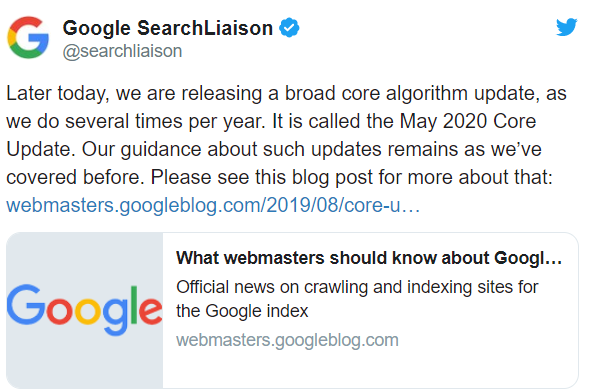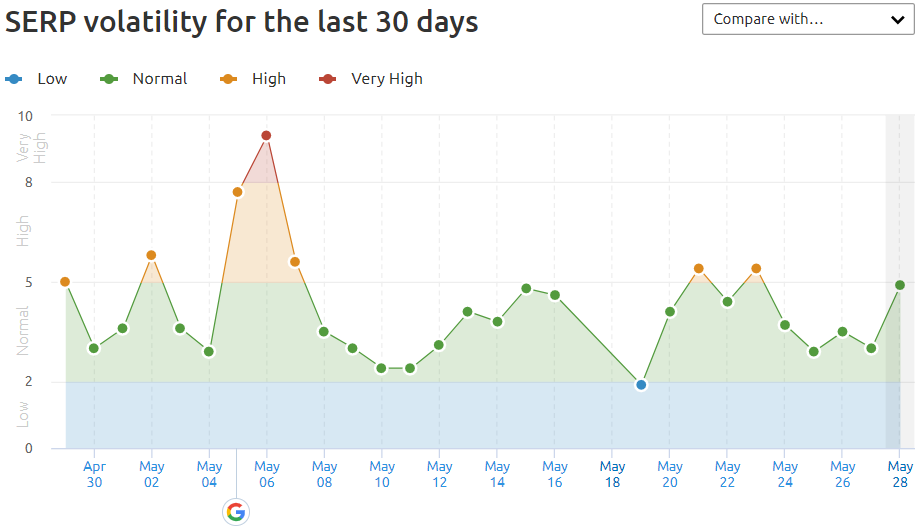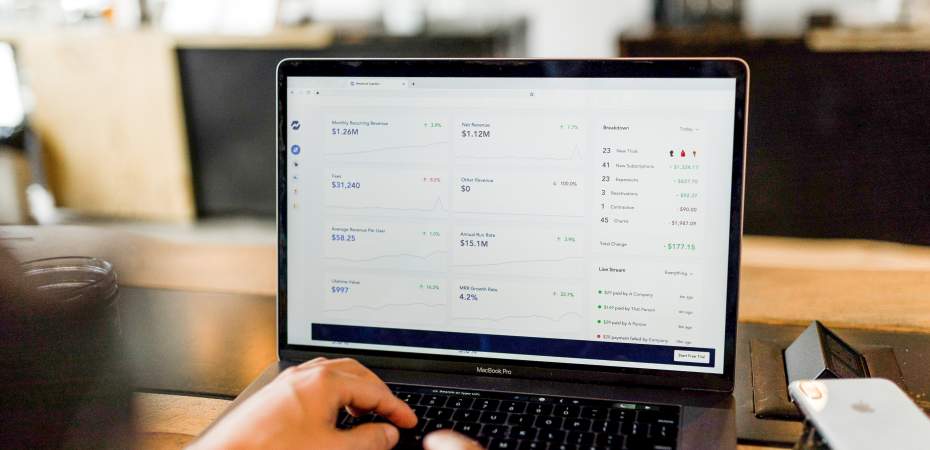June 9, 2020
| Article | by Bari Friedman Eisenberg | Search Engine Optimization
The State of Search: May 2020 Core Update
On May 4, 2020, Google announced on Twitter that they were releasing a broad-core algorithm update called the “May 2020 Core Update.”

Two weeks after the initial announcement, Google confirmed that the update rollout was complete. The last broad-core update took place earlier this year, in January, and impacted sites in most industries, especially those deemed YMYL, or “your money, your life”.
As displayed in the graph below, the May 2020 Core Update was substantial and led to major and immediate fluctuations in the search results across industries:

With any update, REQ’s team continuously collects data to analyze changes experienced in the search engine results pages (SERPs). Based on our analysis over the past few weeks, Google appears to be focusing on the trustworthiness of content, rewarding sites and authors that demonstrate real-life experience with the topic at hand. We also see an enhanced understanding of user intent–think BERT–enabling Google to provide more relevant, accurate answers to searchers’ queries and improve user experience as a result.
At REQ, we were excited to see significant improvements in the organic search presences of our SEO clients with this update. Some of our clients–particularly those in the healthcare industry–saw declines following the January 2020 Core Update. Efforts over the last six months to improve E-A-T signals (Expertise, Authoritativeness, Trustworthiness) and content quality appear to have paid off.
What this means for you
As with any core update, there is nothing to change or “fix” if your site experienced drops after a core update as Google explains in its blog post on core updates. Google’s most recent advice around core updates is as follows: “We suggest focusing on ensuring you’re offering the best content you can. That’s what our algorithms seek to reward."
At REQ, our goal is to understand what Google values and translate those findings into results for our clients. We recommend focusing on building content that is far more superior and useful than that published on competitor sites and bolstering E-A-T signals where possible, especially when it comes to in-article citations and demonstrating first-hand expertise.

